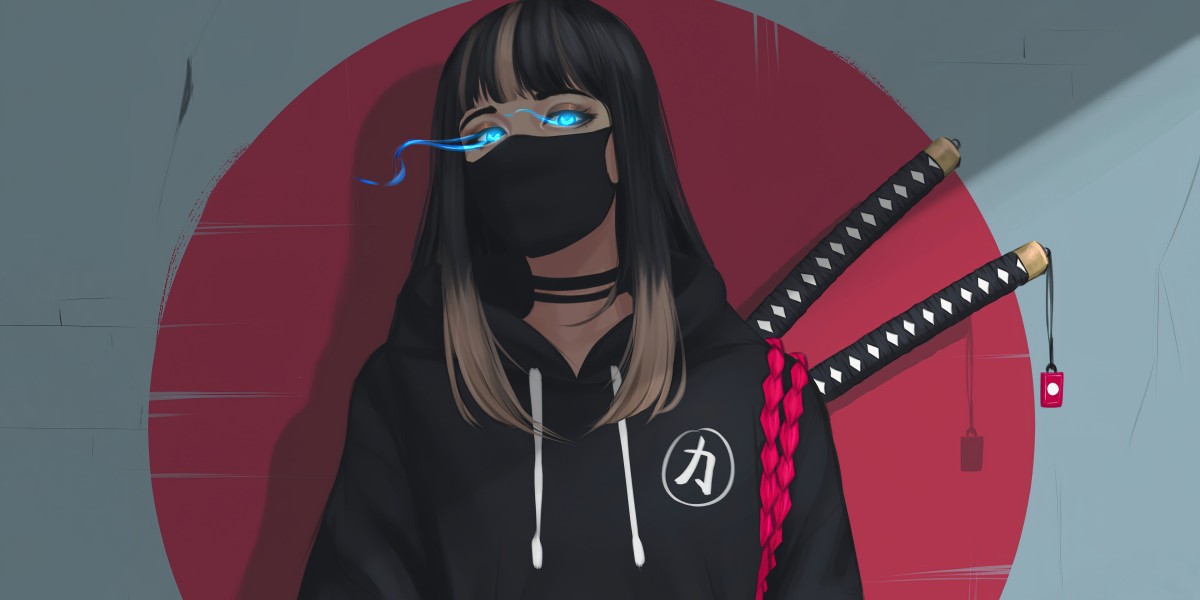Unveiling the Allure of Viking Jewelry: A Journey Through Time and Craftsmanship
Viking jewelry is more than just adornment; it's a captivating window into the rich tapestry of Norse culture and heritage. From intricate brooches to robust arm rings, these pieces reflect the artistry and craftsmanship of a civilization that thrived over a thousand years ago. The allure of Viking jewelry lies not only in its beauty but also in its cultural significance, serving as a testament to the values, beliefs, and social structures of the Viking Age. In this article, we will delve into the historical context of Viking jewelry, explore its various styles and materials, uncover the symbolism embedded in these artifacts, and examine the revival of interest in this unique form of craftsmanship in contemporary society.

The Historical Context of Viking Jewelry
The origins of Viking jewelry can be traced back to the early medieval period, roughly from the 8th to the 11th century. These pieces were not merely decorative; they served practical purposes and were often used to signify status and identity within Viking society. Jewelry was commonly worn by both men and women, with items like brooches used to fasten cloaks and tunics, while rings often denoted wealth or allegiance to a particular clan. Archaeological findings, such as those unearthed in burial sites across Scandinavia, reveal a wealth of information about the craftsmanship of the time; gold and silver artifacts, many adorned with intricate designs, showcase the skills of Viking artisans. The discovery of these artifacts has provided invaluable insight into the craftsmanship techniques employed, including casting, engraving, and the use of inlay work.
Styles and Materials Used in Viking Jewelry
Viking jewelry is characterized by a variety of styles, each reflecting the creativity and artistry of its maker. Brooches were among the most common forms of jewelry, often intricately designed and used to fasten garments. Necklaces and arm rings were also prevalent, with arm rings serving as a sign of wealth and social status. The materials used in crafting these pieces were as diverse as the styles themselves. Gold and silver were the most sought-after materials, often sourced from trade routes that extended as far as the Byzantine Empire. Additionally, artisans employed techniques such as filigree and enamel work to enhance the visual appeal of their creations. One of my friends, who is an avid history enthusiast, shared his excitement about visiting a Viking reenactment event where he saw replicas of these intricate pieces being crafted in real-time, highlighting the enduring skills passed down through generations.
The Symbolism Behind Viking Jewelry
The symbolism embedded in Viking jewelry is profound, often reflecting personal beliefs, social status, and spiritual messages. Many pieces featured runes or motifs that conveyed specific meanings. For instance, a ring adorned with the Valknut symbol might represent the interconnection between life and death, while a pendant depicting Thor's hammer signified protection and strength. These symbols were more than mere decoration; they were essential elements of a wearer’s identity, conveying messages about their beliefs and affiliations. The use of symbols in jewelry also served a social function, allowing individuals to communicate their values and status within the community. During one of our discussions, a friend who studies Norse mythology pointed out how the meanings behind these symbols add an additional layer of appreciation for the craftsmanship involved, making each piece a story in itself.
The Revival and Influence of Viking Jewelry Today
In recent years, there has been a remarkable resurgence of interest in Viking jewelry, both among historians and the general public. This revival has sparked a wave of contemporary jewelry design inspired by traditional Viking aesthetics. Modern artisans are increasingly drawn to the techniques and motifs of the past, creating pieces that blend ancient craftsmanship with modern sensibilities. Popular culture has also played a significant role in this revival, with television shows and movies featuring Viking themes reigniting fascination with this era. Many people now seek out Viking-inspired jewelry not only for its beauty but also for its rich historical context. A friend of mine, who recently purchased a Viking-inspired necklace, shared how it serves as a conversation starter about history and culture, bridging the past and present.
Legacy and Impact of Viking Jewelry
Viking jewelry offers a captivating glimpse into the lives and beliefs of a remarkable civilization. Through its intricate designs and craftsmanship, these artifacts tell stories of status, identity, and spirituality. The historical significance of Viking jewelry, combined with its revival in contemporary culture, ensures that its allure continues to resonate today. As we explore this unique aspect of history, we are reminded of the artistry and skill that went into each piece, inviting us to appreciate the enduring legacy of the Viking Age and its impact on modern craftsmanship.








